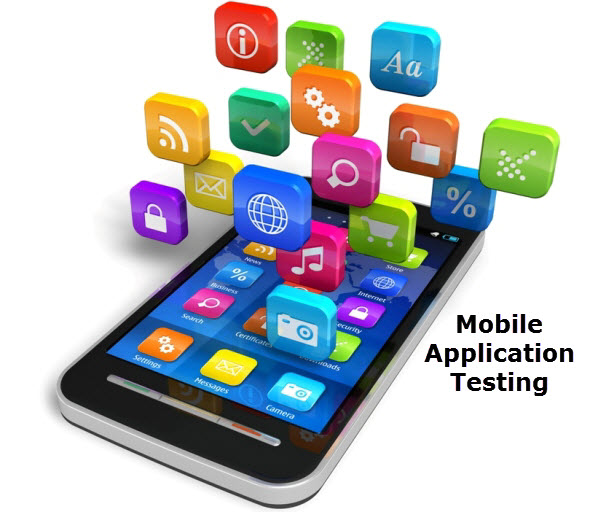In today’s digital landscape, mobile applications play a central role in how we interact with technology. From social networking and e-commerce to productivity and entertainment, mobile apps have become an indispensable part of our daily lives. However, ensuring that these apps function flawlessly across a wide range of devices, operating systems, and network conditions presents a unique set of challenges for software testers. In this comprehensive blog, we’ll explore the complexities of mobile app testing, the key challenges testers face, and effective strategies for ensuring success in this critical aspect of software development.

Understanding Mobile App Testing
Mobile app testing encompasses a broad range of activities aimed at evaluating the functionality, performance, usability, and security of mobile applications across various platforms and devices. Moreover, Mobile app testing needs to consider diverse hardware, screen sizes, OS versions, and network conditions, unlike traditional testing.
Challenges in Mobile App Testing
- Device Fragmentation
- The wide range of mobile devices, each with different screens, hardware, and OS versions, poses a big challenge for testers. Providing consistent functionality and user experience across this fragmented landscape necessitates extensive testing on a variety of devices.
- Operating System Fragmentation
- Mobile apps must be interoperable with numerous operating systems, such as iOS and Android, which each have their own set of APIs, design principles, and platform-specific capabilities. Testing across several operating system versions and device combinations complicates the testing process.
- Network Variability
- Mobile apps are often used in diverse network conditions, ranging from high-speed Wi-Fi to slow or unreliable cellular connections. Additionally, testing the app’s performance and responsiveness under varying network conditions is essential to ensure a seamless user experience.
- User Interface (UI) Fragmentation
- Designing user interfaces that adapt gracefully to different screen sizes and resolutions is a critical aspect of mobile app development. Testing the app’s UI across various devices and orientations helps identify layout issues, text truncation, and other usability issues.
- Security and Privacy Concerns
- Mobile apps frequently handle sensitive user data, therefore security testing is a critical issue. Also, identifying and fixing security issues, like insecure data storage and weak authentication, is vital for protecting user information and preventing breaches.
Strategies for Successful Mobile App Testing
- Prioritize Device and OS Coverage
- Conduct market research to identify the most popular devices and operating system versions among your target audience. Prioritize testing on these devices to ensure broad compatibility and optimal user experience.
- Implement Test Automation
- Leverage automated testing tools and frameworks to streamline the testing process and achieve faster feedback cycles. Automated tests can help validate app functionality across multiple devices and configurations more efficiently than manual testing alone.
- Embrace Cloud-Based Testing Solutions
- Cloud-based testing platforms offer access to a vast array of real devices and network environments for testing purposes. By leveraging cloud-based testing solutions, organizations can overcome device and infrastructure limitations while reducing testing overhead.
- Adopt Agile and DevOps Practices
- Adopt Agile and DevOps approaches to effectively incorporate testing across the software development lifecycle. Continuous integration, continuous testing, and frequent releases help teams find and fix problems early, leading to better software quality and quicker releases.
- Focus on Usability and Performance Testing
- Focus on usability and performance testing to ensure a smooth user experience on all devices and networks. Conduct real-world testing scenarios to simulate user interactions and identify potential bottlenecks or usability issues.
Conclusion
In conclusion, mobile app testing presents unique challenges due to the diverse nature of the mobile ecosystem. By understanding these challenges and implementing effective testing strategies, organizations can ensure the quality, reliability, and also security of their mobile applications, delivering superior user experiences and driving business success in an increasingly mobile-first world.
